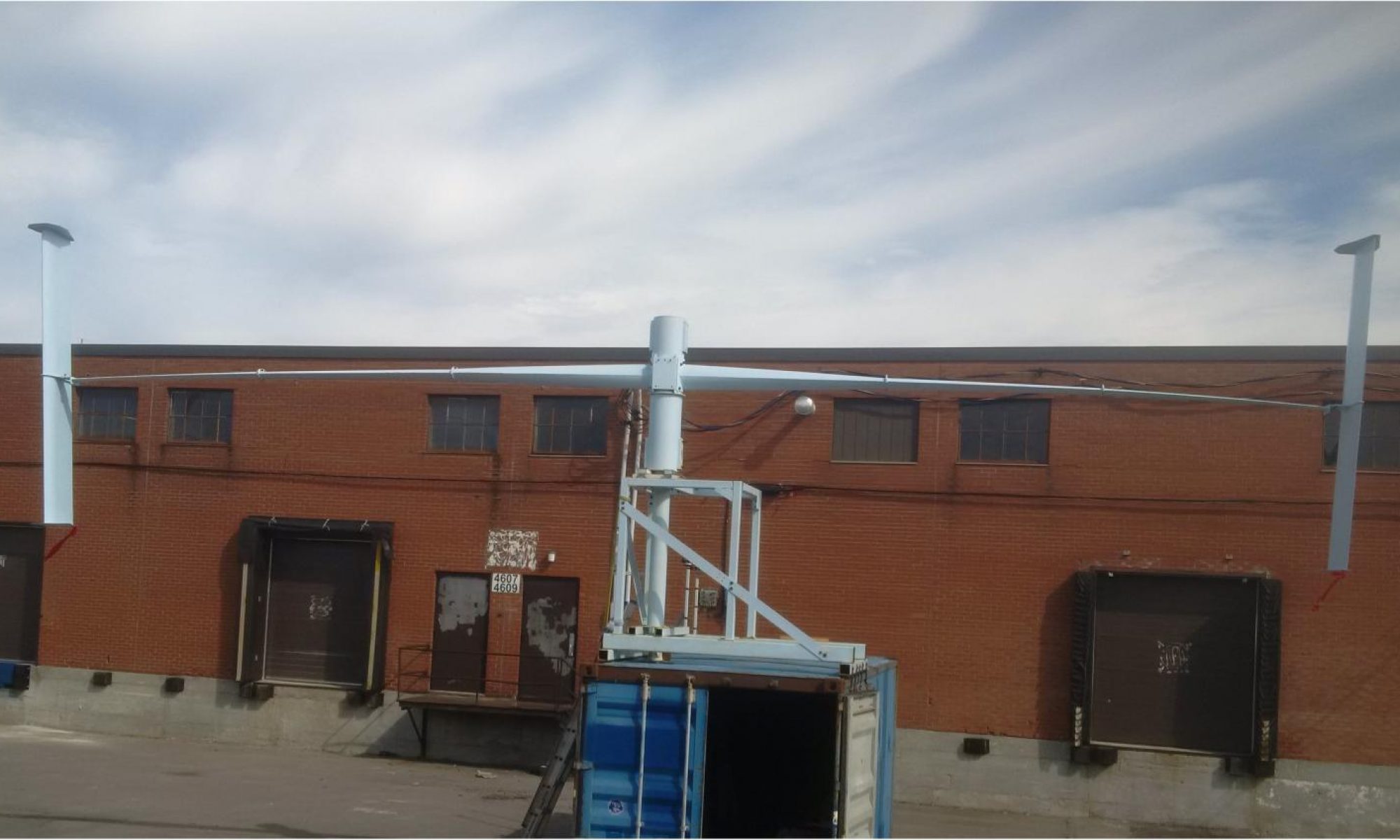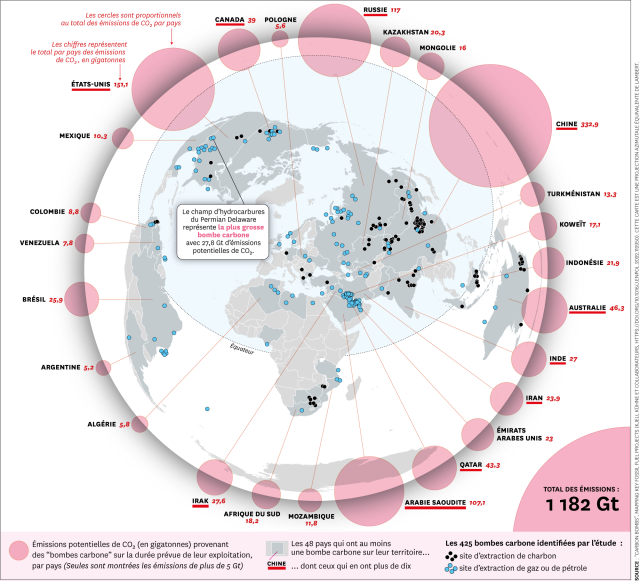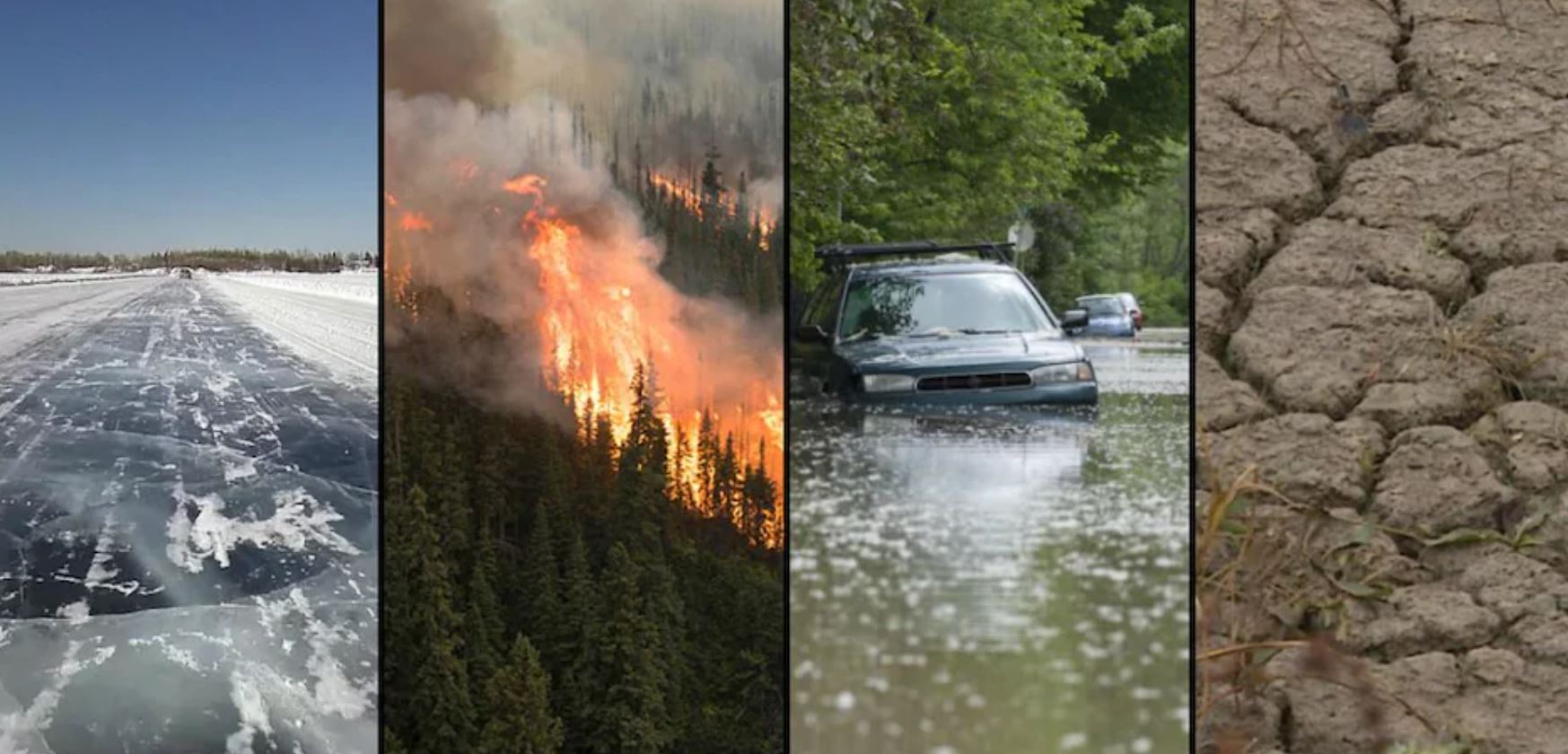There are climate bombs coming from the exploitation of fossil fuels. Each coal mine, each exploited oil or gas deposit represents a potential for GHG emissions. Whether on an annual basis or for the entire exploited resource, each new mine and each new significant user of fossil energy adds a risk of climate change.
There are the bombs that man sets up indirectly, such as mega livestock farms which emit a lot of methane or massive deforestation which reduces nature’s capacity to absorb CO2.
There are also the indirect consequences of the warming that we induce which can lead to natural outbursts: The degassing of permafrost, the collapse of phytoplankton or a runaway of cloud cover are all superbombs which can also create a climatic outburst.
Cryptocurrency and artificial intelligence, the forgotten climate bombs.
It is estimated that the production of Bitcoin alone uses nearly 130 TWh per year, this is equivalent (approximately) to the production of 25 nuclear power plants of 600 MW each, or even 1500 wind turbines of 2.5 MW.
In the same way, the electricity consumption of what we call artificial intelligence will also reach 130 TWh per year within 2-3 years.
For your information, 130 TWh is roughly the annual electricity consumption of Sweden. We are talking about a need for clean electricity equivalent to twice that of a small, industrialized country before we begin to reduce our ordinary energy needs, still dominated by carbon-emitting energies.
It is this kind of energy whim that makes achieving carbon neutrality in 2030, 2035 or even 2040 unrealistic.


